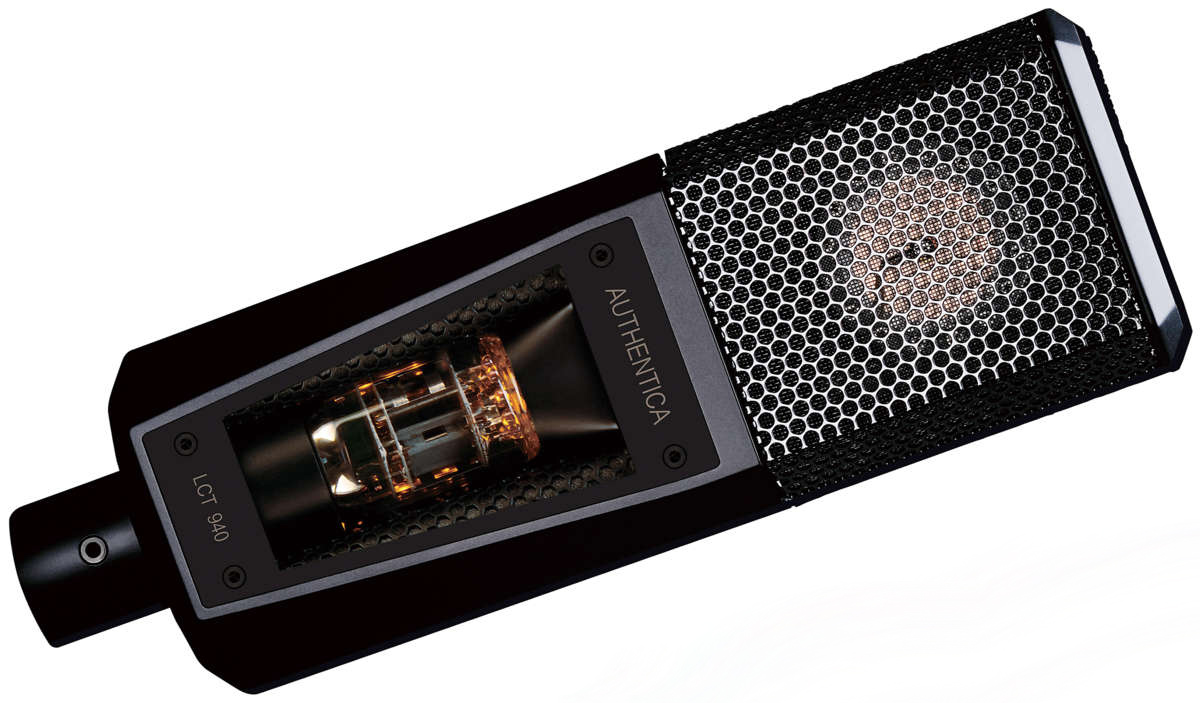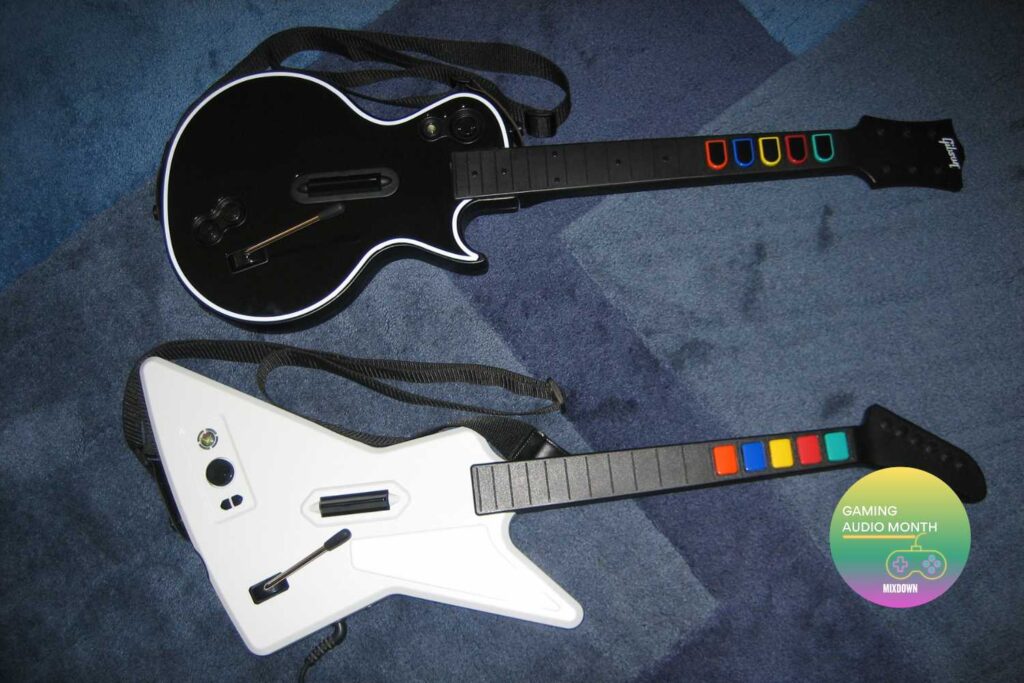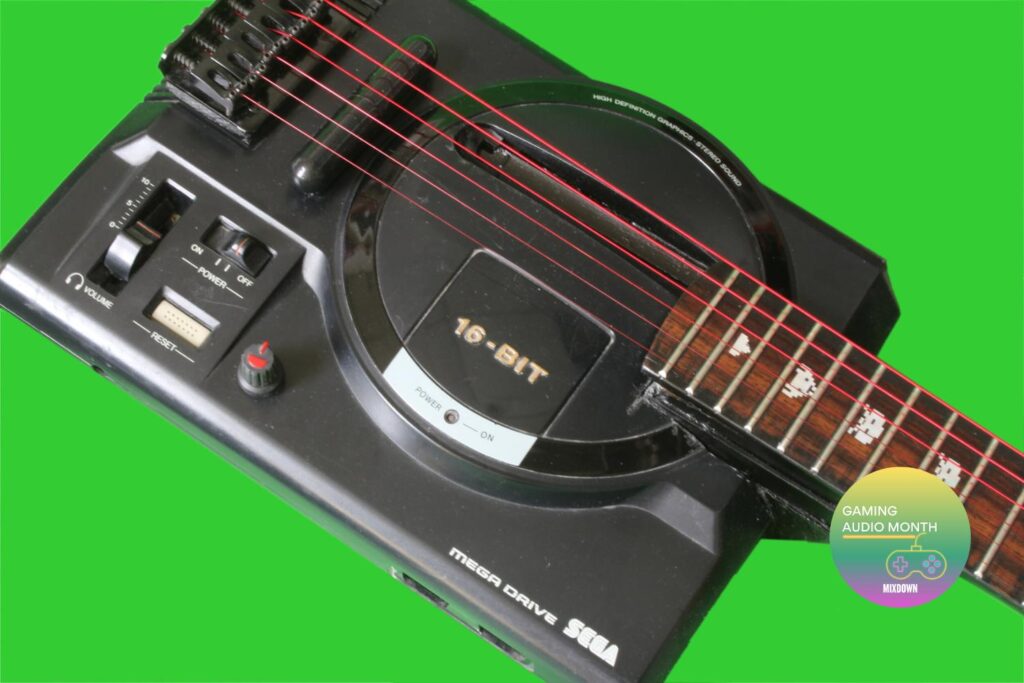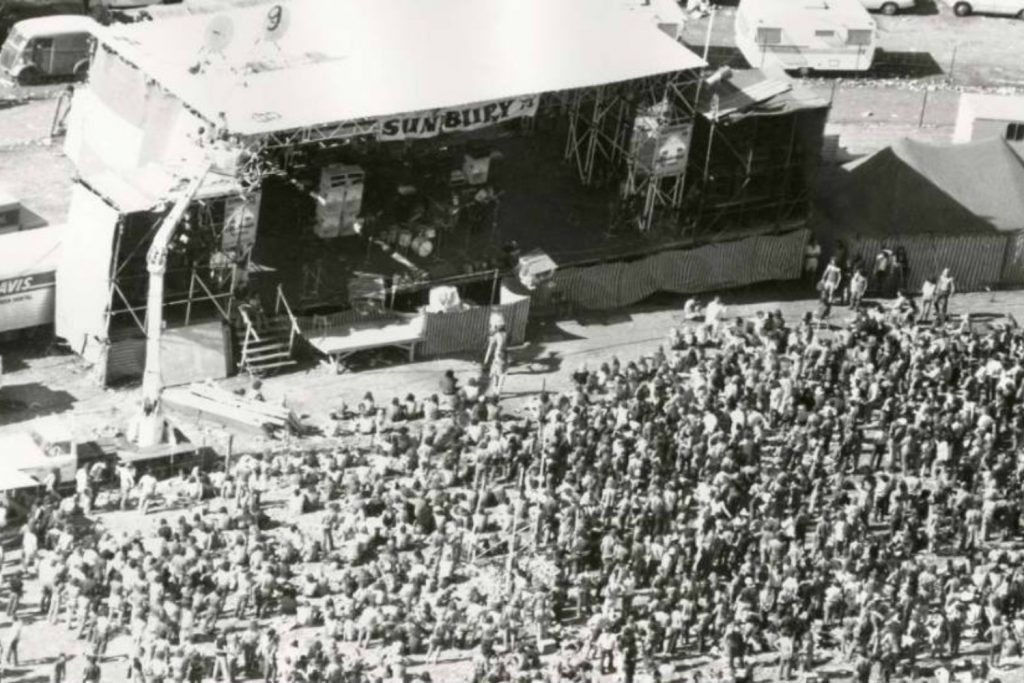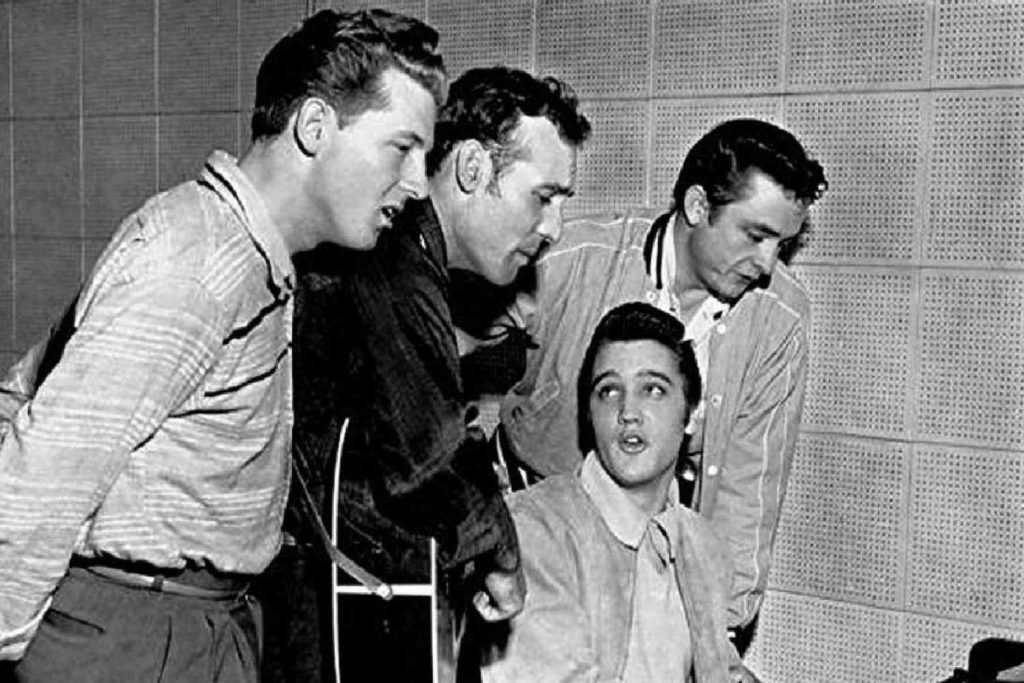I come across a lot of people who simply believe that by using a condenser microphone; they have done all they need to in order to improve their recordings. Yes, moving from a dynamic microphone that was intended for use on a loud stage to a large diaphragm condenser microphone will improve your sound, but it’s a long way short of being the be all and end all of the studio setup. The fact is, the better the microphone you buy, the better your room needs to be. If you don’t have a custom designed room at home, then you’ll need to improve your microphone technique if you’re thinking about upgrading your microphone. The simple fact is that any condenser is going to be more sensitive than your dynamic microphone, so it’s going to emphasise your room’s errors, along with the errors in your recording techniques. What you need to do is isolate the signal you want to capture from the environmental noise and use the mic to deliver just that. It’s time to consider your pickup polarity options.
Polar Pros
Understanding how each microphone’s polar pattern works will allow you to get the most from that tool and allow you to remove much of the unwanted environmental noise that can often hinder home recording. Outside noise from traffic, birds, or annoying neighbours can often be a problem and something you have to work around, but the noise within your room whilst recording can often be worse. Think about your recording device, the computer and the noise that is created within your confined space. Before you get about to even setting up a microphone, just sit there and close your eyes. Now, wait and listen and you will be quite surprised out how loud your seemingly quite room actually is. Once you have removed the fish tank and fridge, because they should have never been in the room to begin with, you might notice electrical noise from power adaptors and other electrical appliances that are resting on standby. A television that is receiving power but not using it still generates noise, so shut down any unnecessary devices and turn off your phone charger. Now, you should really only be hearing your computer’s hard drive and fans. You need to remove these from you recording. The best way to get around this is to understand the polar pattern of your microphone.
The Four Horsemen
There are essentially four different polar patterns that are used in microphones, with subtle variations in between creating a wide range of options that become marketable tools for microphone manufacturers. Essentially, you will mostly use the Cardioid, Figure of Eight, Hyper-Cardioid and Omni patterns. The Cardioid pattern is the most common and is usually found on fixed pattern vocal microphones. Essentially, it offers a sound capture that is vaguely heart-shaped, extending out in front of the microphone. What it does offer is excellent signal rejection from the rear of the microphone, so a source of noise, like your computer, can be place directly behind the microphone to eliminate it from the recording. The Cardioid pattern is often very wide in is capture though, and offers plenty of sound from the sides to get into the recording. This is not ideal with multiple sound sources in the one room, or when recording in a room that is very lively, with plenty of reflections. So, the Hyper-Cardioid pattern can be implemented, giving better side rejection and a more direct capture of sound form in front of the capsule. Unfortunately, this pattern does have its weakness in the fact that it will capture some signal from directly behind the capsule, needing you to move your computer off to the side slightly.
The other two patterns are rather different and require careful use. The Omni pattern, as the name suggests, captures sound form all directions, so unless you want to get the sound of the entire room, you might want to reconsider using this in a small room. The Figure of Eight polar pattern picks up equally from both sides of the capsule and can be cleverly implemented to capture two vocalists standing either side of the microphone, or for use in unconventional stereo captures, but again, requires careful use if you want to keep environmental noise to a minimum.
The most important thing is to test it out and move the microphone around before coming to a final decision. Know how it will respond within your room so you can get the most form your sound source and not from all the other noise that might be hanging about.
